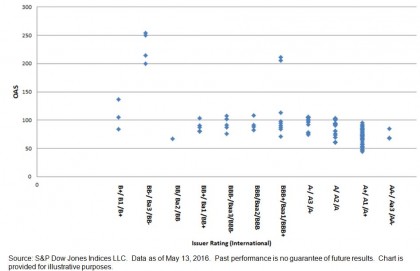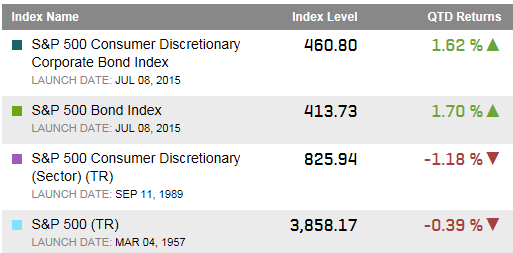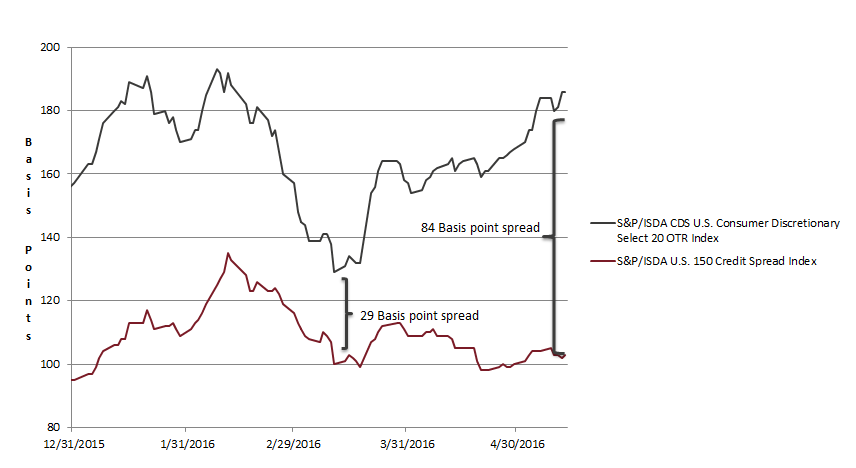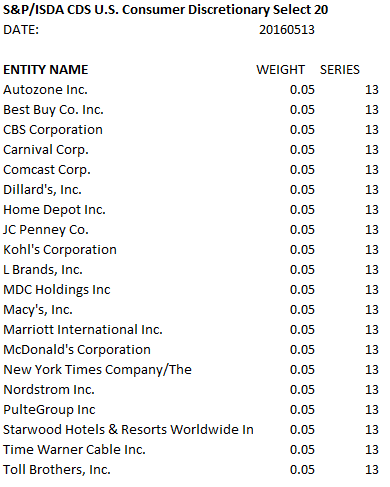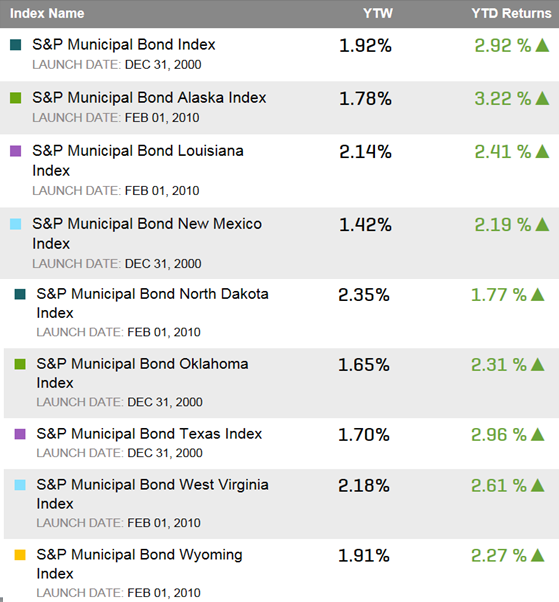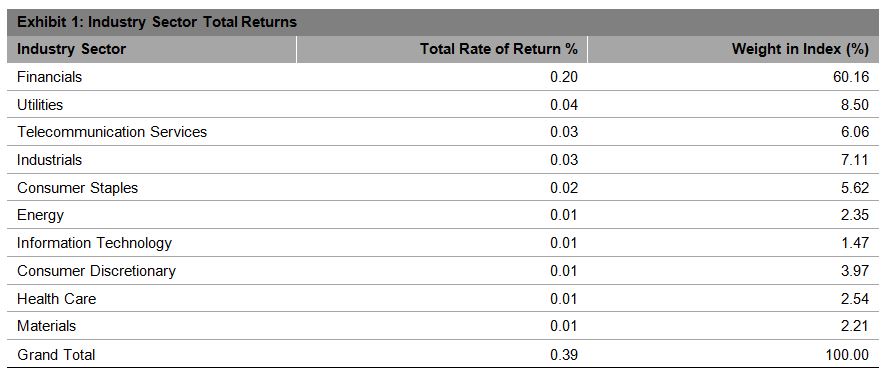Most active managers fail most of the time, at least if we take their underperformance of passive benchmarks as evidence of failure. The evidence of this failure is so widespread, and so consistent, that even dyed-in-the-wool active managers no longer deny it.
Instead, we often hear that the cause of unsuccessful active management is that it isn’t active enough. Active managers, it’s said, knowing that their performance will be compared to a passive benchmark, are reluctant to deviate too much from that standard. They therefore hold too many positions they don’t find especially attractive, simply because these stocks provide diversification and reduced tracking error relative to their benchmark index. The proposed remedy is for active managers to use only their “best ideas,” or to invest with a greater degree of conviction. Today’s Financial Times offered a prominent active manager a chance to argue that such “closet benchmarking” was the reason for active managers’ underperformance.
Obviously, if a manager holds 100 stocks now, and is inspired to concentrate only on his 10 “best ideas,” the new portfolio will be less index-like and less diversified than its starting point. Is that a good thing? Only if the manager’s a priori identification of his “best ideas” is accurate. Why should we assume that the same manager who produces an unsuccessful 100 stock portfolio can come up with 10 outperforming ideas?
There is one point, however, on which advocates of both passive and active management can agree. As today’s FT article put it “[F]or an individual just beginning to save for retirement…one percentage point of annual outperformance achieved by active management could translate into about 20 per cent more wealth at retirement 30 years from now, or the equivalent of more than 15 years of incremental retirement savings.” The same one percent incremental return, however, might also be achieved, and with far higher reliability, by discarding high-fee active funds in favor of passive indices.
The posts on this blog are opinions, not advice. Please read our Disclaimers.



